Basalt-Fibre Enhanced Geosynthetics: Revolutionizing the World of Reinforcement

By GNA Editor
Introduction
Geosynthetics have played a crucial role in modern civil engineering and construction projects, providing strength, stability, and durability to a variety of applications. However, traditional geotextile materials like polypropylene, polyester, and even glass fibers have limitations, such as susceptibility to UV/oxidative degradation and/or chemical attack. The solution to these challenges lies in the innovative use of basalt fibers, derived from igneous rock, which offer exceptional strength, durability, and resistance to environmental factors. In this article, we will explore the potential of basalt-fibre enhanced geosynthetics and how they are transforming the construction industry.
The Power of Basalt Fibers
Basalt fibers are produced through a process of melting basalt rocks and converting the resulting molten material into fibers. Basalt is an igneous rock that provides an abundant and sustainable source for these remarkable fibers. There are three primary types of basalt fibers:
- Basalt Continuous Fibers (BCF): These fibers are used in the production of reinforcing materials, composite products, fabrics, and non-woven materials.
- Basalt Staple Fibers: Ideal for creating high-performance geosynthetic materials, basalt staple fibers offer outstanding strength and durability.
- Basalt Superthin Fibers (BSTF): These fibers are employed in the creation of high-quality heat and sound insulating textiles and fireproof materials.
The basalt fibers typically have a filament diameter ranging from 10 to 20 microns, which is well above the respiratory limit of 5 μm, ensuring their safety during handling and use. Furthermore, basalt fibers boast a high elastic modulus, resulting in an impressive specific strength that is three times that of steel. This unique combination of properties makes basalt fibers a versatile and reliable choice for various applications.
Applications of Basalt-Fibre Enhanced Geosynthetics
- Geotextiles: Basalt staple fibers are utilized in the production of geotextiles, which serve as erosion control barriers, road stabilization, and reinforcement for soil structures. These geotextiles offer superior resistance to UV rays and chemical exposure, ensuring long-term performance.
- Geogrids: Basalt fibers find application in geogrids, which are essential for strengthening the ground and mitigating soil erosion. The high tensile strength of basalt fibers enhances the performance of geogrids, making them more resilient and durable.
- Cement/Concrete Reinforcement in GCCM Composites: Basalt fibers are used in the form of chopped strands to reinforce concrete. This application is particularly promising, as basalt fibers can replace traditional steel rebar, offering a more corrosion-resistant and environmentally friendly alternative. This is especially important in construction projects where durability is a primary concern.
Real-World Applications
One notable example of basalt-fibre enhanced geosynthetics making a difference is the use of Basalt Chopped Fibre in Geosynthetic Cementitious Composite Matting (GCCM) products like Tiltex™. John Holland, a leading construction company has employed Tiltex 7B Anti Cracking GCCM to replace concrete dish drains at Sydney Water's Advanced Water Recycling Centre (AWRC).This decision was driven by the numerous advantages of basalt-fibre enhanced GCCM, including anti0cracking behaviour, low maintenance requirements, and the significant reduction in concrete usage (86% less than traditional 100mm concrete). Tiltex Basalt Fibre enhanced GCCM has proven to increase toughness and provide reinforcement that mitigates micro-cracking, making it a preferred solution for erosion control.
Conclusions
Basalt-fibre enhanced geosynthetics represent a revolutionary step forward in the field of civil engineering and construction. Their exceptional strength, resistance to environmental factors, and versatility make them a game-changing choice for geotextiles, geogrids, and concrete reinforcement.Real-world applications, such as the use of basalt-fibre enhanced GCCM in erosion control projects, demonstrate the practical benefits of these innovative materials. As the construction industry continues to prioritize sustainability and durability, basalt-fibre enhanced geosynthetics are poised to play a pivotal role in shaping the future of infrastructure projects.
